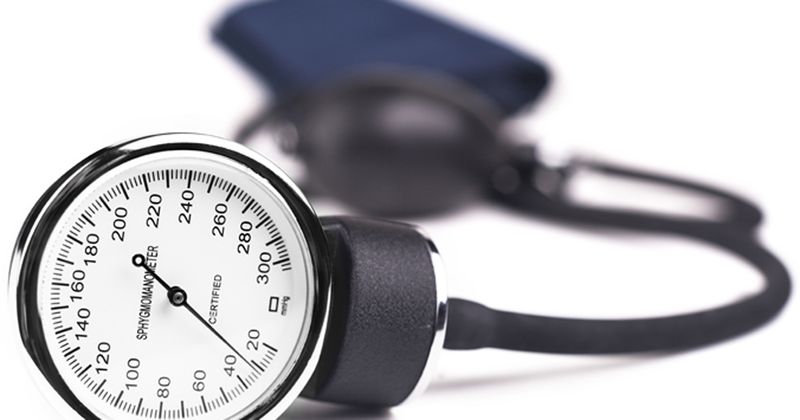BP medication may be underused in many at high risk for CVD
Adults at an elevated risk for CVD report underuse of BP medication compared with an overuse of BP medication by those with lower CVD risk, according to results published in PLOS Medicine.
“Although CVD disease burden is declining in high-income countries, it is rising in low-income and middle-income countries and is the leading cause of death worldwide,” David Peiris, MBBS (Hons.), MIPH, PhD, director of the global primary health care program at The George Institute for Global Health in Sydney, and colleagues wrote. “Over the past decade, there has been a shift in CVD prevention from assessing single risk factor abnormalities to management based on a person’s future risk of experiencing a cardiovascular event. This approach has been demonstrated to be superior to assessment of single risk factors when identifying who will benefit the most from treatment and is endorsed in WHO Package of Essential Noncommunicable Disease Interventions and the Global Hearts Initiative.”

In a cross-sectional analysis of nationally representative surveys, researchers assessed 600,484 adults (median age, 45 years, 52% women) across 45 low-income and middle-income countries for country-specific CV risk. Researchers further utilized regression models to examine 10-year CVD risk in association with sociodemographic characteristics and BP medication use.
According to the researchers, the cohort had a median 10-year CVD risk of 2.7% (interquartile range [IQR], 2.3-4.2) in men and 1.6% (IQR, 1.3-2.1) in women, with the lowest risk reported in sub-Saharan Africa and the highest risk reported in the Eastern Mediterranean and Europe.
Of those designated for BP medication, only 24.2% (IQR, 12.4-37.2) of men and 41.6% (IQR, 23.9-53.8) of women reported adherence, whereas a median of 47.1% (IQR, 36.1-58.6) of all adults talking BP medication were not designated for BP medication use based on CVD. Researchers noted no association between BP medication use and sociodemographic characteristics.
“Improved adoption of risk-based guidelines requires a substantial change in management approach at multiple levels in the health system,” Peiris and colleagues wrote. “This includes targeted policies that are responsive to each country’s context, engagement with professional bodies for workforce training and education, improved data systems and decision support that can be readily used by varying cadres of health workers, quality improvement processes in health facilities to enhance care effectiveness and strategies to increase access and adherence to recommended medicines.”
